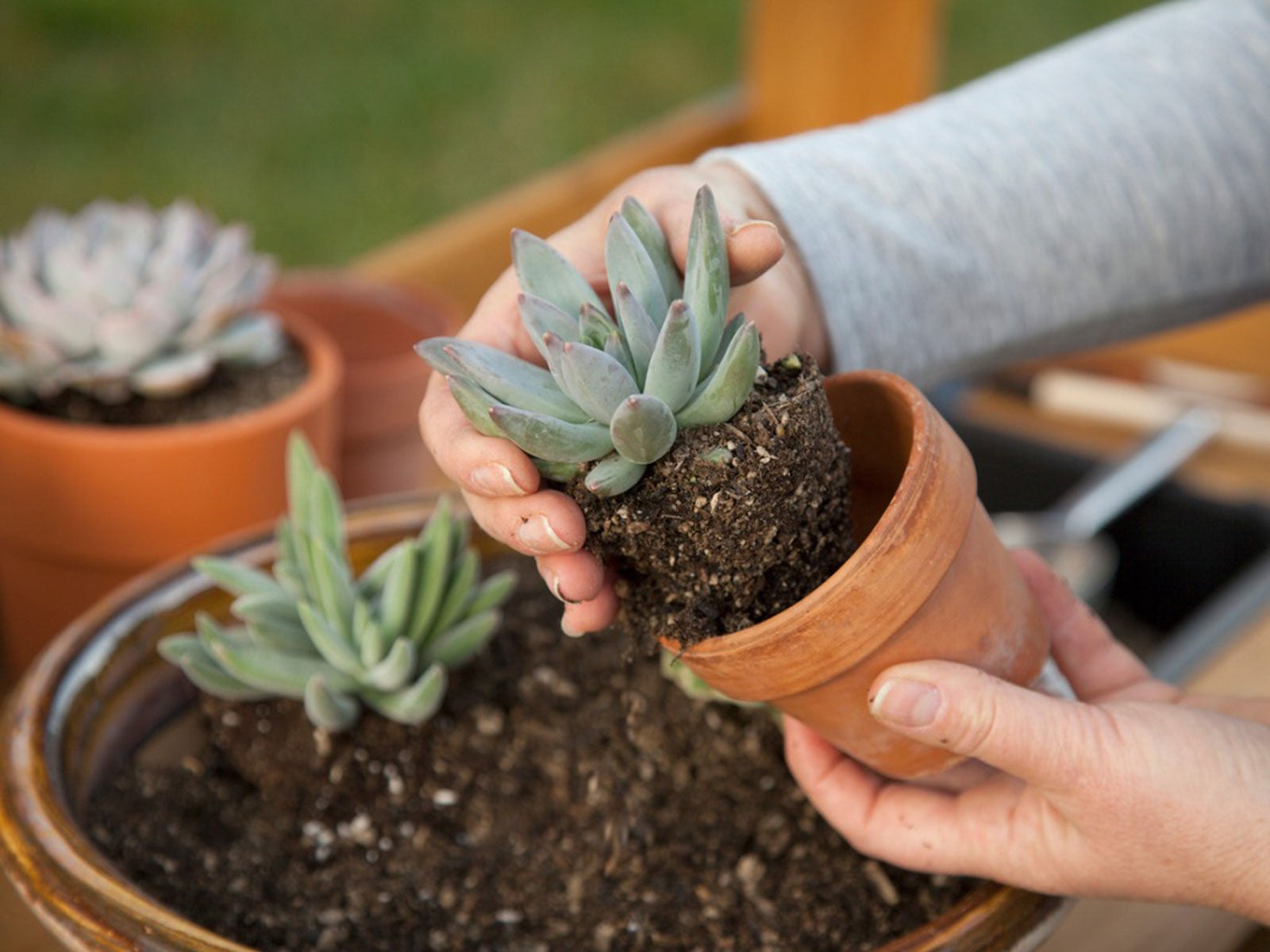Master Indoor Succulent Care: Grow Thriving Plants

Imagine transforming your home into a lush oasis, filled with vibrant, low-maintenance plants that thrive with minimal effort. Sounds like a dream? It's not—especially when you dive into the world of indoor succulent care. Succulents are the perfect houseplants for busy individuals or those just starting their indoor gardening journey. With their unique shapes, textures, and resilience, succulents bring a touch of nature indoors without the fuss. So, are you ready to become a succulent care master? Let's dive in and explore how to grow and care for succulents indoors!
Understanding Succulents: The Basics
Before we delve into the specifics of succulent care, it's essential to understand what makes these plants so unique. Succulents are known for their ability to store water in their leaves, stems, or roots, making them incredibly drought-resistant. This characteristic is what sets them apart from other houseplants and makes them ideal for indoor gardening.
Types of Succulents
Succulents come in a variety of shapes and sizes, each with its own care requirements. Some popular types include:
- Echeveria: Known for their rosette shape and vibrant colors.
- Haworthia: Small, often spiky plants that are perfect for compact spaces.
- Aloe Vera: Not just a decorative plant, but also known for its medicinal properties.
- Cacti: While technically a subset of succulents, cacti care can be slightly different due to their spiky nature.
Choosing the Right Succulents for Your Home
When selecting succulents for your indoor garden, consider the environment you can provide. Do you have a sunny windowsill or a shady corner? Different succulents have varying light and water needs, so choosing the right ones for your space is crucial.
Light Requirements
Most succulents thrive in bright, indirect light. However, some can tolerate lower light conditions. For example, snake plants (Sansevieria) and ZZ plants (Zamioculcas zamiifolia) are great for low-light areas. On the other hand, cacti and many Echeveria species need plenty of sunlight to flourish.
Soil and Potting
The right soil is critical for succulent health. Use a well-draining succulent mix or create your own by combining potting soil with perlite or sand. Ensure your pots have drainage holes to prevent waterlogging, which can lead to root rot.
Watering Succulents: The Golden Rule
One of the most common questions in succulent care is, "How often should I water my succulents?" The answer is simple: less is more. Succulents are designed to store water, so overwatering is a bigger risk than underwatering.
The "Soak and Dry" Method
The best approach is the "soak and dry" method. Water your succulents thoroughly until water drains out of the pot. Then, allow the soil to dry completely before watering again. This can take anywhere from a week to a month, depending on the plant and environmental conditions.
Signs of Overwatering and Underwatering
- Overwatering: Yellowing leaves, mushy stems, and a foul smell from the soil.
- Underwatering: Wrinkled leaves, dry soil, and a generally wilted appearance.
Succulent Propagation: Grow Your Collection
One of the joys of indoor gardening is propagating your succulents to create new plants. Propagation is not only a fun activity but also a cost-effective way to expand your collection.
Methods of Propagation
- Leaf Cuttings: Remove a healthy leaf from the plant, allow it to callus (form a protective layer), and then place it on succulent soil.
- Stem Cuttings: Similar to leaf cuttings, but using a stem instead. This method is great for plants like Echeveria.
- Offsets: Some succulents produce "pups" or offsets that can be separated and replanted.

Common Succulent Problems and Solutions
Even with the best care, issues can arise. Here are some common problems and their solutions:
Pests
Succulents can be susceptible to pests like mealybugs and spider mites. Regularly inspect your plants and treat any infestations with insecticidal soap or neem oil.
Diseases
Root rot is a common issue caused by overwatering. Ensure proper drainage and allow the soil to dry between waterings.
Environmental Stress
Succulents can show signs of stress due to improper light or temperature. Adjust their environment accordingly to keep them healthy.
Cacti Care: Special Considerations
While cacti are a type of succulent, they have some unique care requirements. Cacti generally need more sunlight and less water than other succulents. They also benefit from a period of dormancy during the winter, where they receive less water and cooler temperatures.
Enhancing Your Indoor Garden
Succulents are not just plants; they are living decorations that can transform your space. Arrange them in creative ways, using different pots, shelves, and even vertical gardens to add a touch of greenery to any room.

Conclusion
Mastering indoor succulent care is a rewarding journey that brings nature into your home. By understanding the basics of how to grow and care for succulents indoors, you can create a thriving indoor garden that adds beauty and life to your space. So, are you ready to become a succulent care master? Start with a few easy-to-care-for varieties and watch your collection grow. Happy gardening!
FAQs
How often should I water my indoor succulents?
- Water your succulents using the "soak and dry" method. Allow the soil to dry completely between waterings, which can take anywhere from a week to a month.
What type of soil is best for succulents?
- Use a well-draining succulent mix or create your own by combining potting soil with perlite or sand.
Can succulents survive in low light?
- Some succulents, like snake plants and ZZ plants, can tolerate low light conditions. However, most succulents prefer bright, indirect light.
How do I propagate succulents?
- You can propagate succulents using leaf cuttings, stem cuttings, or offsets. Allow the cuttings to callus before placing them on succulent soil.
What are common pests that affect succulents?
- Common pests include mealybugs and spider mites. Treat infestations with insecticidal soap or neem oil.
0 Response to "Master Indoor Succulent Care: Grow Thriving Plants"
Post a Comment